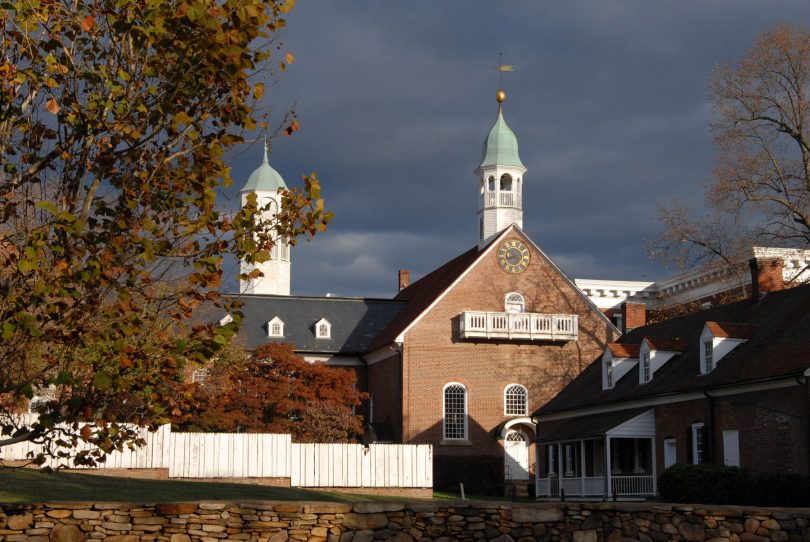Moravians in America
The Georgia mission ended due to polictcal disagreements, the Moravians were able to establish a permanent presence in Pennsylvania in 1741, settling on the estate of George Whitefield. Moravian settlers purchased 500 acres to establish the settlement of Bethlehem in 1741. Soon they bought the 5,000 acres of the Barony of Nazareth from Whitefield’s manager, and the two communities of Bethlehem and Nazareth became closely linked in their agricultural and industrial economy.
Other settlement congregations were established in Pennsylvania, New Jersey and Maryland. They built the communities of Bethlehem, Nazareth, Lititz, and Hope. They also established congregations in Philadelphia and on Staten Island in New York. All were considered frontier centers for the spread of the gospel, particularly in mission to the Native Americans. Bethlehem was the center of Moravian activity in colonial America.
Bishop Augustus Spangenberg led a party to survey a 100,000 acre tract of land in North Carolina, which came to be known as Wachau after an Austrian estate of Count Zinzendorf. The name, later anglicized to Wachovia, became the center of growth for the church in that region. Bethabara, Bethania and Salem (now Winston-Salem) were the first Moravian settlements in North Carolina.
In 1857 the two American provinces, North and South, became largely independent and set about expansion. Bethlehem in Pennsylvania and Winston-Salem in North Carolina became the headquarters of the two provinces (North and South).
The Southern Province grew mainly in Forsyth County, but over time established congregations in Charlotte, Greensboro, Wilmington, Raleigh, and Stone Mountain, Georgia. Moravian churches in Florida are growing with the influx of immigrants from the Caribbean basin.
The Northern Province expanded with the influx of immigrants from Germany and Scandinavia into the upper Midwest in the late 19th century. It now reaches both coasts and as far north as Edmonton, Canada. Green Bay, Wisconsin, was founded by Moravians. Such wide geographical spread caused the Northern Province to be divided into Eastern, Western and Canadian Districts.
After World War II, strong pushes for church extension took the Northern Province to Southern California (where only an Indian mission had existed since 1890) as well as to some Eastern, Midwestern and Canadian sites. The Southern Province added numerous churches in the Winston-Salem area, throughout North Carolina and extended its outreach to Florida and to Georgia. In North America, the Moravian Church has congregations in 16 states, the District of Columbia, and in two Provinces of Canada.
The Northern and Southern Provinces of the Moravian Church in America, headquartered in Bethlehem, Pa., and Winston-Salem, N.C., count more than 35,000 members in nearly 140 congregations in the U.S. and Canada.
The Moravian Church in America, Northern and Southern Provinces, are in full communion with the Evangelical Lutheran Church in America, the Episcopal Church and the United Methodist Church, and are in a covenant partnership with the Presbyterian Church USA. In addition, the Moravian Church is a member of the World Council of Churches, the National Council of Churches of Christ in the USA, Churches Uniting in Christ and Christian Churches Together.
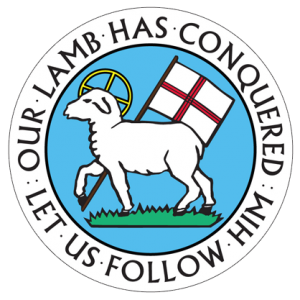
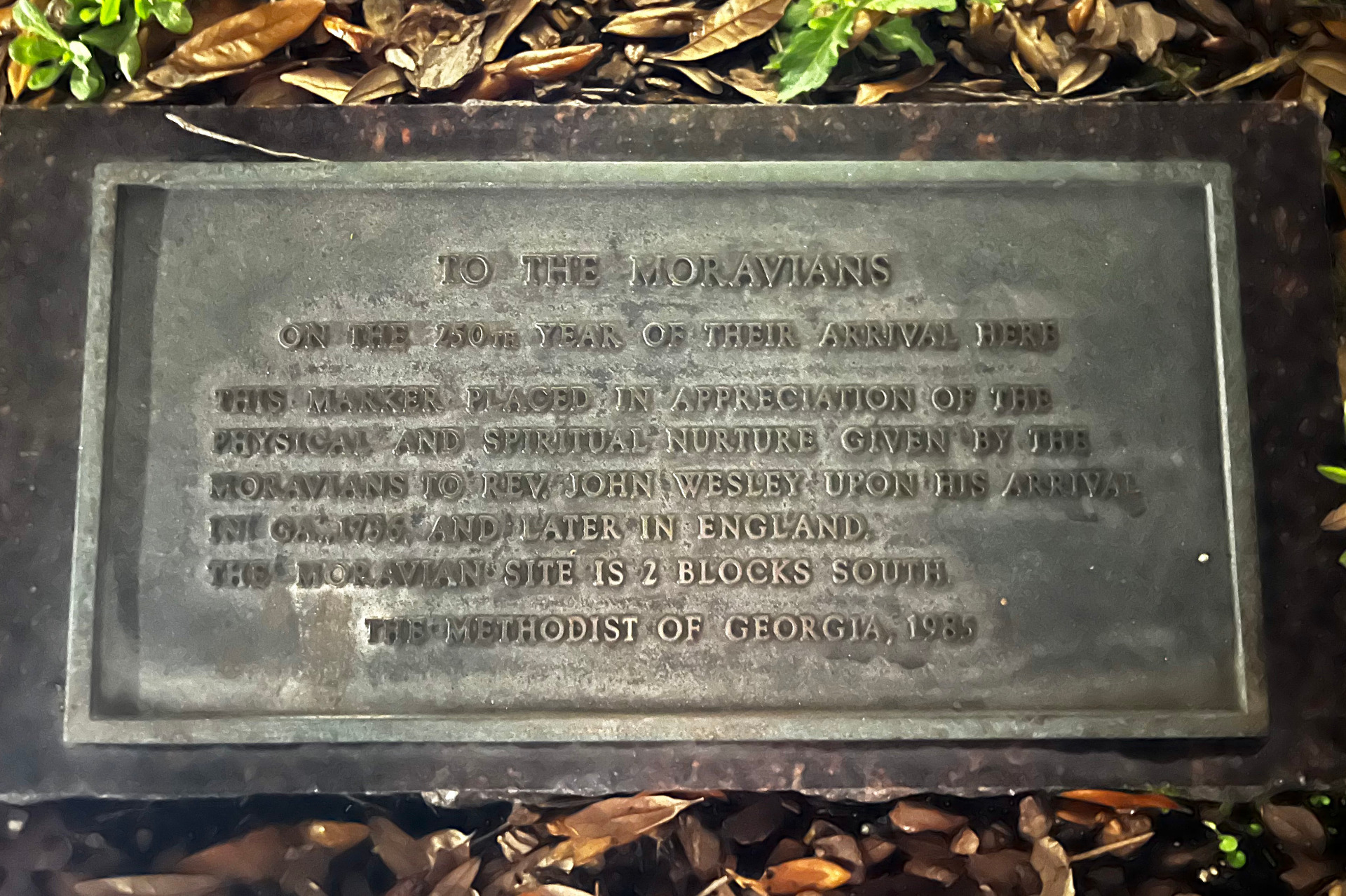
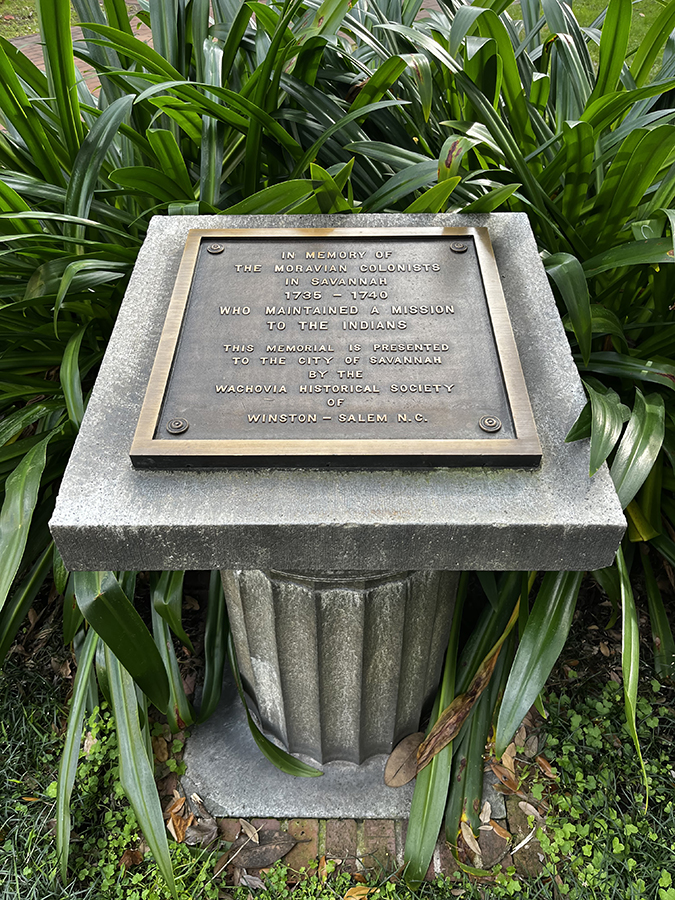
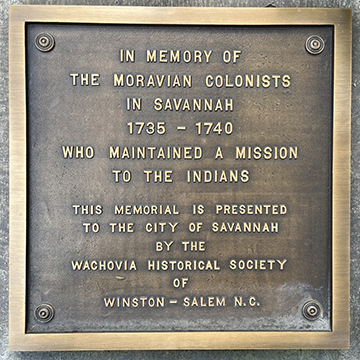 read more
read more
